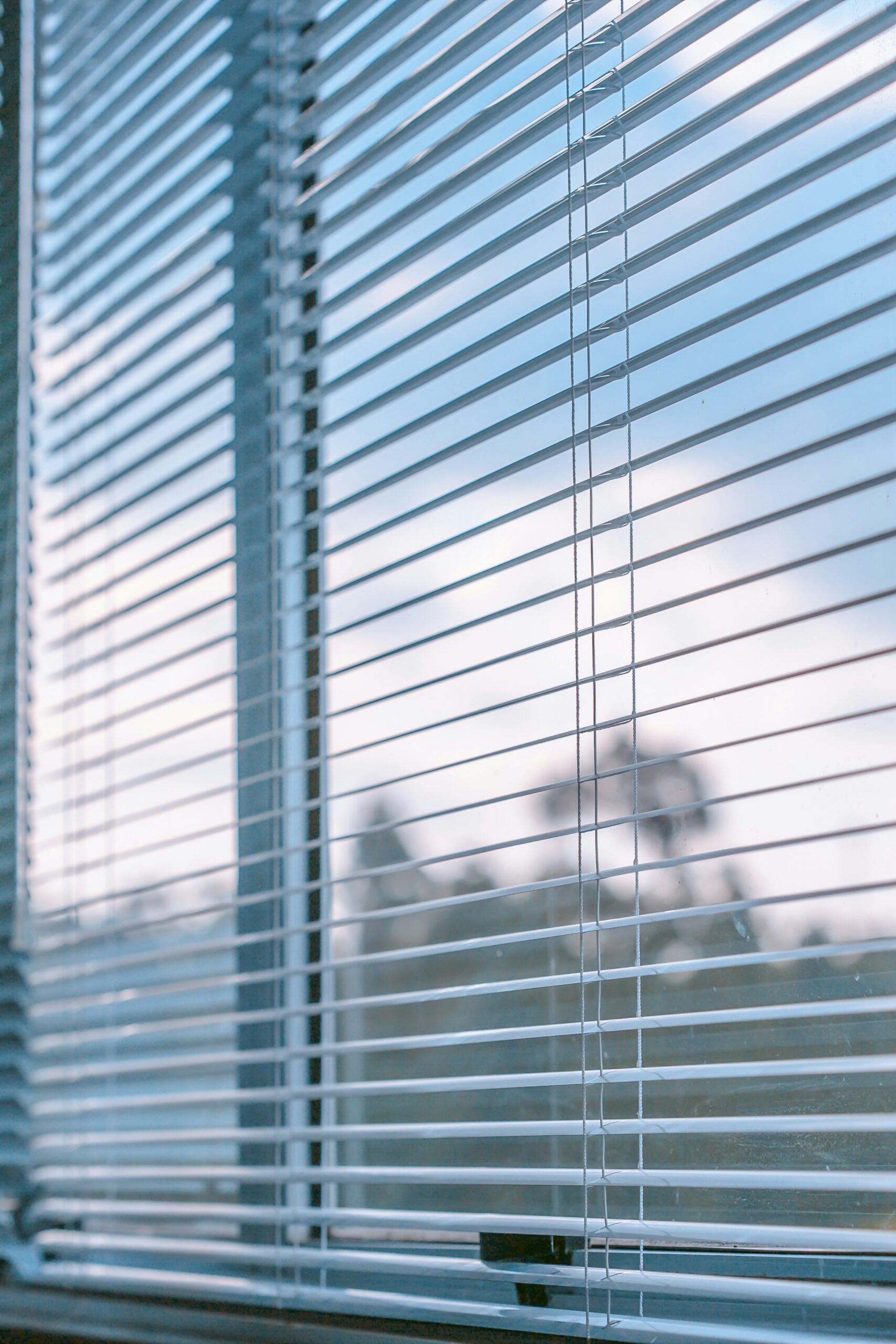Have you ever wondered if the diameter of a lens in a spotting scope impacts how bright the image appears? Well, you’re in the right place to satisfy that curiosity. When it comes to spotting scopes, or any optical instrument for that matter, the size of the lens is often a central topic of discussion. But why is this so, and how does the diameter of a lens actually influence what you see through it?

Understanding Spotting Scopes
Spotting scopes are designed for those moments when binoculars just won’t cut it but you can’t—or don’t want to—haul around a telescope. They offer higher magnification, perfect for birdwatching, hunting, or observing distant landscapes. It’s a portable middle ground, giving you the power to zoom in closer to your subject while still being relatively easy to carry around.
Purpose of Spotting Scopes
The primary function of a spotting scope is to offer a clearer, closer view of a distant object. Whether you’re observing nature, engaging in long-range shooting, or stargazing, these instruments help you gather more details about your target. With the right spotting scope, details that are normally invisible to the naked eye become vibrant and clear.
Key Components of a Spotting Scope
Before delving deeper, it helps to break down the main components that make a spotting scope work:
- Objective Lens: This is the large lens at the front, which gathers light.
- Eyepiece: The lens you look through, which further magnifies the image.
- Tube: The body of the scope, which connects the lenses and components.
- Prisms: Within the scope, these guide the light path to ensure the image is correctly oriented.
Now that you’re familiar with the fundamentals of a spotting scope, let’s examine how the lens diameter comes into play.
What is Lens Diameter?
The term ‘lens diameter’ refers to the diameter of the objective lens—the one at the front of the spotting scope. This measurement is crucial because it determines how much light the lens can gather. The larger the diameter, the more light enters the scope, and potentially, the brighter and clearer the image becomes.
Measuring Lens Diameter
Lens diameter is typically measured in millimeters. You’ll often see spotting scopes described by their magnification range and lens diameter, such as 20-60×80. In this example, “80” represents the lens diameter.
Role of Lens Diameter in Image Quality
So, how does the size of the lens affect the brightness and clarity of what you’re seeing? When more light enters the scope, the image appears brighter, which is particularly useful in low-light conditions like dawn or dusk. Additionally, a larger lens can contribute to a clearer, more detailed image because it captures more information about the viewed scene.
The Relationship Between Lens Diameter and Brightness
The direct relationship between lens diameter and brightness is one of the fundamental principles of optics. As with human eyes, more light means a brighter image.
Why Larger Lenses Gather More Light
A larger lens has a greater surface area, allowing it to capture more light. Think of it as opening a larger window in a room—the bigger the window, the more sunlight can enter.
Impact on Spotting Scope Brightness
Brightness refers to how light or dim an image appears through the spotting scope. Larger lenses generally make the image brighter for the reasons outlined above. This can be a significant advantage in spotting scopes, especially when observing in environments where natural light is limited.
Factors Influencing Brightness Beyond Lens Diameter
While lens diameter is a major contributing factor to image brightness, other elements come into play. The following characteristics also affect how bright and sharp the image through a spotting scope will be:
Quality of Lens Coatings
Modern optics use various coatings to enhance the transmission of light through the lenses, reduce glare, and improve brightness. High-quality coatings can maximize the light that passes through the lens, making the image brighter and clearer, even with a smaller lens diameter.
Type of Glass Used
The optical quality of the glass used for the lenses also influences brightness. Premium spotting scopes use high-quality, extra-low dispersion glass to reduce chromatic aberration and deliver clearer images. Better glass also allows more light to pass through, thus increasing brightness.
Atmospheric Conditions
Light is also affected by what it must travel through before reaching your scope. Dust, fog, pollution, or mist can scatter light, reducing the overall brightness of the image. While larger lenses can help, it’s important to note that atmospheric conditions are beyond the control of the scope itself.

Comparing Different Lens Diameters
To understand how various lens diameters affect viewing, it’s helpful to compare different options. Below, you’ll find a table illustrating general characteristics depending on lens size.
| Lens Diameter (mm) | Brightness Level | Ideal Conditions | Suitable Activities |
|---|---|---|---|
| 50-60 | Moderate | Good lighting conditions | General Birdwatching |
| 61-80 | High | Dusk/Dawn or Cloudy Days | Birdwatching, Wildlife |
| 81-100 | Very High | Low-light and Dark Environments | Astronomy, Long-Distance |
Optimal Lens Size for Various Scenarios
While larger lenses generally provide brighter images, there are diminishing returns when the size makes the scope cumbersome to carry. For a casual observer, a 60-80 mm lens might suffice, whereas professional or low-light observers might opt for scopes that offer an 80 mm lens or more.
Balancing Portability and Functionality
As is often the case with optical equipment, bigger isn’t always better when it imposes a trade-off in terms of weight and manageability. While larger lenses provide clearer, brighter images, they also add to the weight of the spotting scope, which can be a downside if you’re planning on carrying it over long distances.
Weight and Size Considerations
Larger lenses mean increased weight, and that directly affects how portable your spotting scope is. If portability is essential—for instance, if you’re hiking or traveling frequently with your scope—a smaller, lighter model might be more practical.
Ergonomic Design and Usability
A spotting scope should be comfortable to use, even for extended periods. Consider models with ergonomic designs that distribute weight evenly, making them easier to handle and adjust.

Choosing the Right Spotting Scope for You
Selecting the right spotting scope involves considering what you’ll most often be observing and under what conditions. Different features will become more or less important depending on these factors, and understanding how lens diameter impacts brightness helps inform your choice.
Personal Observing Needs
Identify your primary use for the spotting scope. Are you a nature lover devoted to birdwatching, or is stargazing your passion? The intended use greatly influences the optimal lens diameter you’ll want.
Budget Considerations
As with most purchases, your budget is another determining factor. Higher-quality lenses with superior coatings and larger diameters generally come with a higher price tag. However, investing in a quality spotting scope can make a visible difference in your viewing experience, provided it meets your specific needs.
Recommended Brands and Models
Several well-regarded brands offer high-quality spotting scopes that cater to a range of preferences and budgets. Names like Vortex, Celestron, and Swarovski are regularly praised for their optical quality and reliability.
Conclusion
So, does lens diameter affect the brightness of a spotting scope? Absolutely. The larger the lens diameter, the more light it can gather, leading to a potentially brighter and clearer image. However, it’s essential to consider other factors such as quality of lens coatings, type of glass used, and even weather conditions, which also play significant roles in the image’s brightness. Larger lenses increase brightness and clarity, but portability and ease of use shouldn’t be overlooked when choosing your scope. By understanding the nuances of lens diameter, you can make an informed decision and select a spotting scope that perfectly complements your observing adventures.
